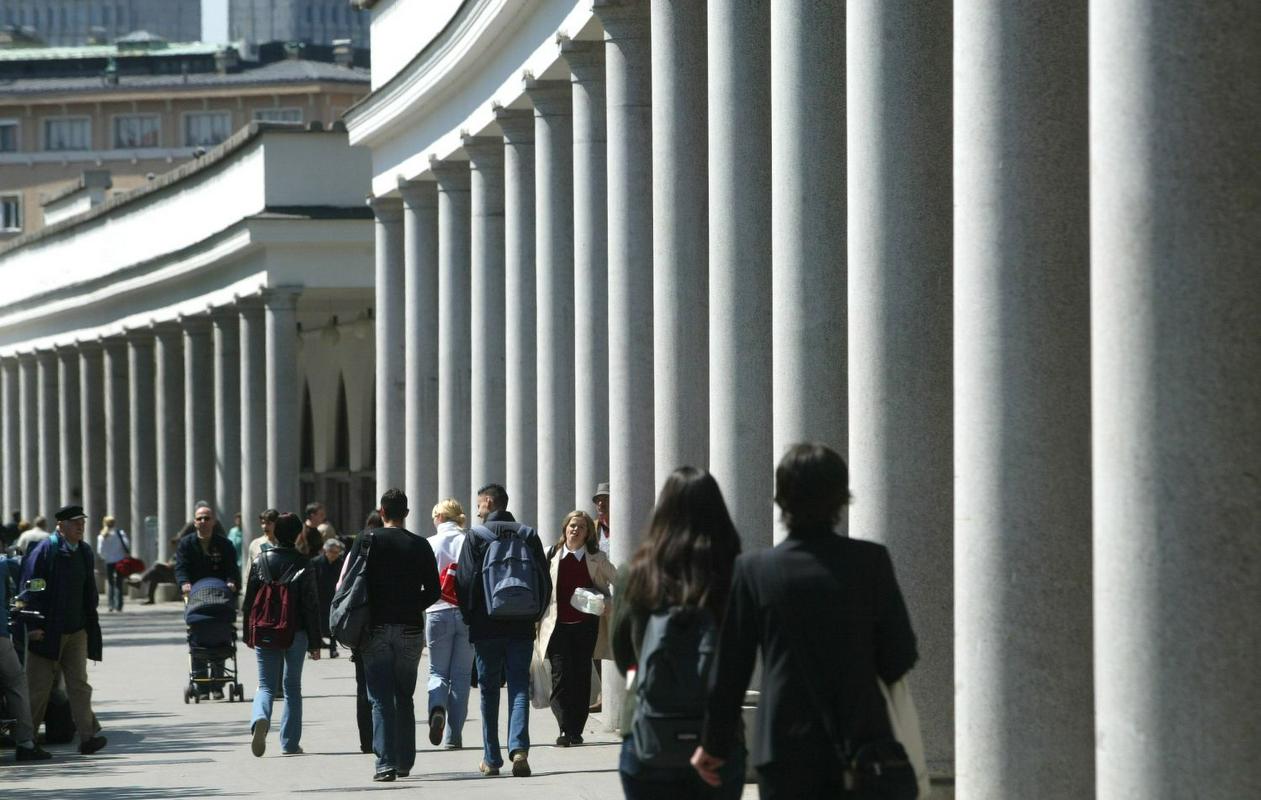Slovenia is sprinkled with Plečnik’s architectural jewels, and the buildings on display serve as an encouragement for people to check out his creations in real life.
Jože Plečnik was born in Ljubljana in 1872. He attended an arts and crafts school in Graz, and then enrolled in the Vienna Art Academy – in the architectural department headed by Otto Wagner. After completing his studies and after a study-related stay in Italy, he settled in Vienna for more than ten years. At first, he worked in Wagner’s studio but then became an independent architect.
Between 1911 and 1921, he lived in Prague, where he was the professor at the local arts and crafts school. In 1920, he was named the official architect of the Prague Castle. He also accepted a professorship at the newly-founded Faculty of Architecture in Ljubljana. In 1921, he moved to Ljubljana, and then split his time between Ljubljana and Prague, where he was working on the renovation of the Prague Castle. He died at his home in the Trnovo neighborhood of Ljubljana.
“The People’s Artist”
After Plečnik returned to his homeland in 1921 after a long stay abroad, he devoted his time to serving the Slovenian nation. As the literary critic Josip Vidmar said at his funeral, he was a true people’s artist. He was able to gain an understanding of every good thing created by our ancestors.
Jože Plečnik passed on this passion to his students and opened their eyes to the creative values of the distant past. He used homegrown architecture as the foundation and extracted previously hidden aesthetic values from it. He was particularly happy when ordinary people accepted his art as their own. The church in Zgornje Stranje near the town of Kranj, which was renovated after the war, is a good example of such collaboration. There, Plečnik masterfully adapted his architecture to the skills and knowledge of the local craftsmen.
The enlarged church in Bogojina in Slovenia’s Prekmurje region is one of the cornerstones of European sacred architecture. The church, as well as Plečnik’s various monuments, wayside shrines, and chapels, are all examples of the wide range of his ingenious architectural creations, states a press release issued by the organizers.
The exhibition will be on display for a month
The exhibition, which was organized in collaboration with Damjan Prelovšek, an expert on Plečnik’s oeuvre and the author of the photos, will be on display until February 28. According to the Ljubljana Municipality, which is marking Plečnik’s Year, the display is just one of several exhibitions and events that will take place in the Slovenian capital throughout the year.
A. J.
Translated by J. B.


































































